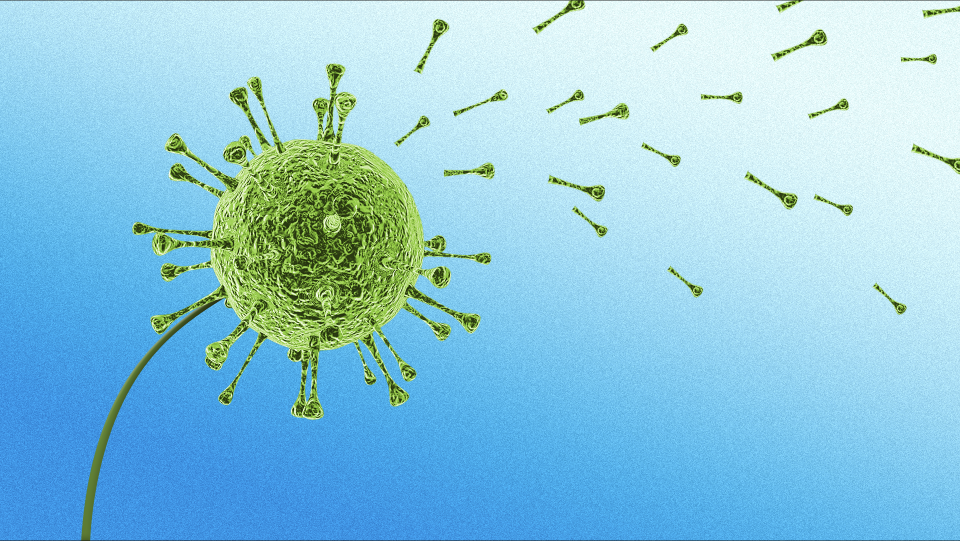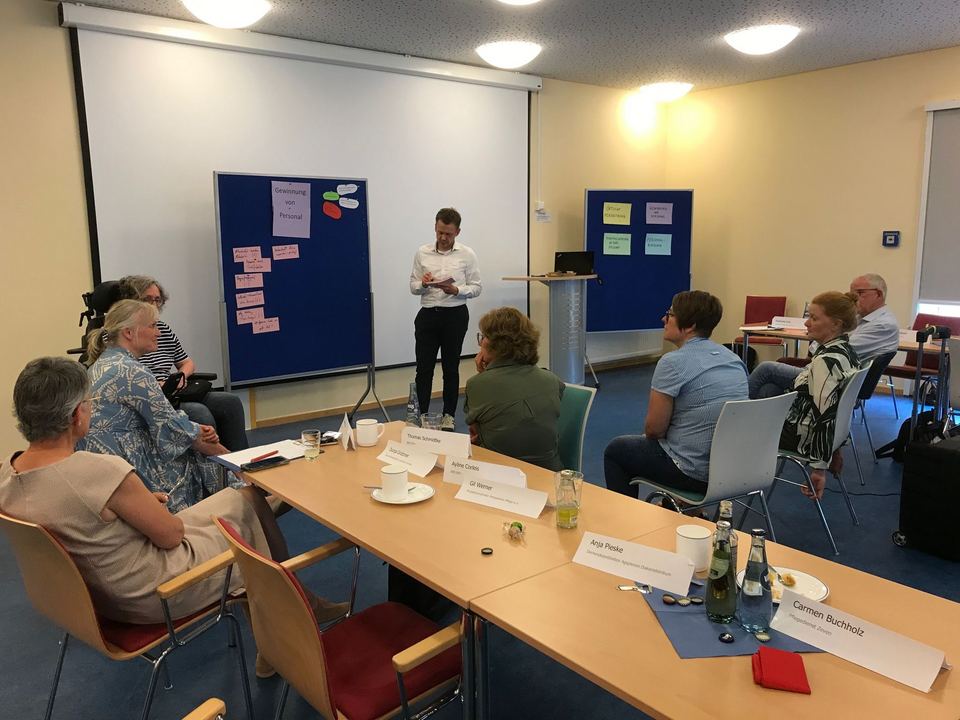A New COVID-19 Variant: What's Driving The Increase In Cases?

Table of Contents
The Characteristics of the New COVID-19 Variant
The current surge is largely attributed to the emergence of new COVID-19 variants, such as XBB.1.5 (and its subvariants). Understanding this variant's characteristics is key to comprehending the increase in cases. XBB.1.5, a descendant of the Omicron variant, exhibits several concerning features:
- Increased Transmissibility: XBB.1.5 boasts a significantly higher R0 value (basic reproduction number) than previous variants. This means each infected individual is likely to infect more people, leading to exponential growth in cases. Studies suggest its transmissibility may be 1.2 to 1.4 times higher than its predecessors.
- Immune Evasion: This is perhaps the most troubling aspect. XBB.1.5 demonstrates a marked ability to evade immunity conferred by both previous infections and existing vaccines. This means individuals who were previously infected or vaccinated may still be susceptible to infection with this variant.
- Severity of Illness: While initial data suggests XBB.1.5 may not cause significantly more severe illness than previous Omicron subvariants, increased transmissibility leads to more overall hospitalizations and strain on healthcare systems. Mortality rates associated with XBB.1.5 require ongoing monitoring and further investigation.
- Symptoms: While the symptoms largely mirror those of other Omicron subvariants (cough, fatigue, fever, sore throat, runny nose), some reports indicate a higher incidence of gastrointestinal symptoms in certain populations infected with XBB.1.5.
Factors Contributing to the Increase in Cases Beyond the Variant Itself
The rise in COVID-19 cases isn't solely attributable to the variant's characteristics; several other factors play a significant role:
Waning Immunity
The effectiveness of both vaccines and natural immunity wanes over time. As months pass since vaccination or prior infection, protection against infection, particularly severe disease, diminishes. This waning immunity leaves a larger portion of the population vulnerable to infection with even a moderately virulent variant like XBB.1.5.
Reduced Public Health Measures
The relaxation or elimination of many public health measures – mask mandates, social distancing guidelines, and widespread testing – has created an environment more conducive to viral transmission. Reduced vigilance makes it easier for highly transmissible variants to spread rapidly.
Seasonal Factors
The colder months typically see increased respiratory virus transmission. People spend more time indoors in close proximity, creating ideal conditions for COVID-19 spread. This seasonal effect amplifies the impact of a highly contagious variant.
Travel and Global Spread
International travel facilitates the rapid dissemination of new variants. A variant emerging in one region can quickly spread globally, overwhelming healthcare systems in multiple countries simultaneously. The interconnected nature of global travel networks accelerates pandemic spread.
The Public Health Response to the Increase in Cases
Effective responses are vital in managing the surge and mitigating its impact:
Testing and Surveillance
Increased COVID-19 testing, coupled with robust genomic surveillance, is crucial for tracking the variant's spread, identifying new mutations, and guiding public health interventions. Early detection is vital for containment.
Vaccination and Boosters
Updated vaccines and booster shots are essential to bolster immunity against the new variant's immune evasion capabilities. Staying up-to-date with vaccinations remains a cornerstone of protecting the population.
Treatment Options
Effective antiviral treatments, such as Paxlovid and molnupiravir, remain critical in reducing the severity of illness and preventing hospitalizations in vulnerable individuals. Early treatment can significantly improve outcomes.
Public Health Messaging
Clear, consistent, and accessible public health messaging is essential to inform the public about the risks, protective measures, and available resources. Building public trust and facilitating informed decision-making are crucial for an effective response.
Conclusion
The recent increase in COVID-19 cases is a complex issue driven by the emergence of a highly transmissible and immune-evasive variant like XBB.1.5, combined with waning immunity, reduced public health measures, seasonal factors, and global spread. Staying informed about the latest developments regarding this evolving COVID-19 variant and following public health guidelines—such as vaccination, masking when appropriate, and testing when necessary—is critical. Understanding the factors driving increased COVID-19 cases is crucial for effective prevention. Stay informed about the latest information regarding this evolving COVID-19 variant and take steps to protect yourself and your community.

Featured Posts
-
 Erste Pflegekonferenz Bodenseekreis Wichtige Informationen Fuer Teilnehmer
May 31, 2025
Erste Pflegekonferenz Bodenseekreis Wichtige Informationen Fuer Teilnehmer
May 31, 2025 -
 Podcast Rethinking Your Approach To Finances
May 31, 2025
Podcast Rethinking Your Approach To Finances
May 31, 2025 -
 Your Good Life Cultivating Joy And Resilience
May 31, 2025
Your Good Life Cultivating Joy And Resilience
May 31, 2025 -
 Banksy Auction Iconic Broken Heart Wall To Be Sold
May 31, 2025
Banksy Auction Iconic Broken Heart Wall To Be Sold
May 31, 2025 -
 Millions Stolen In Office365 Executive Email Hacking Scheme Fbi Investigation
May 31, 2025
Millions Stolen In Office365 Executive Email Hacking Scheme Fbi Investigation
May 31, 2025
